My Parenting Journey: Getting Started With Assistive Technology

My Parenting Journey: Getting Started With Assistive Technology
My journey exploring Assistive Technology started when I was trying to find the best supports for my son Wyatt. Wyatt was diagnosed with Cerebral Palsy when he was a year old. Early on it was clear he would need many supports.
When he entered preschool at three he started to get frustrated that he could not express his wants and needs. This frustration was also being seen at home. He would scream for long periods of time. We had no way to determine if he was frustrated, in pain, or just angry. It was a very helpless feeling to have to guess what would comfort him. The school staff began exploring different methods of communicating. When Wyatt was five we worked with him on a way to express yes or no. He looks up for a yes response and sometimes will shake his head or look down for no.
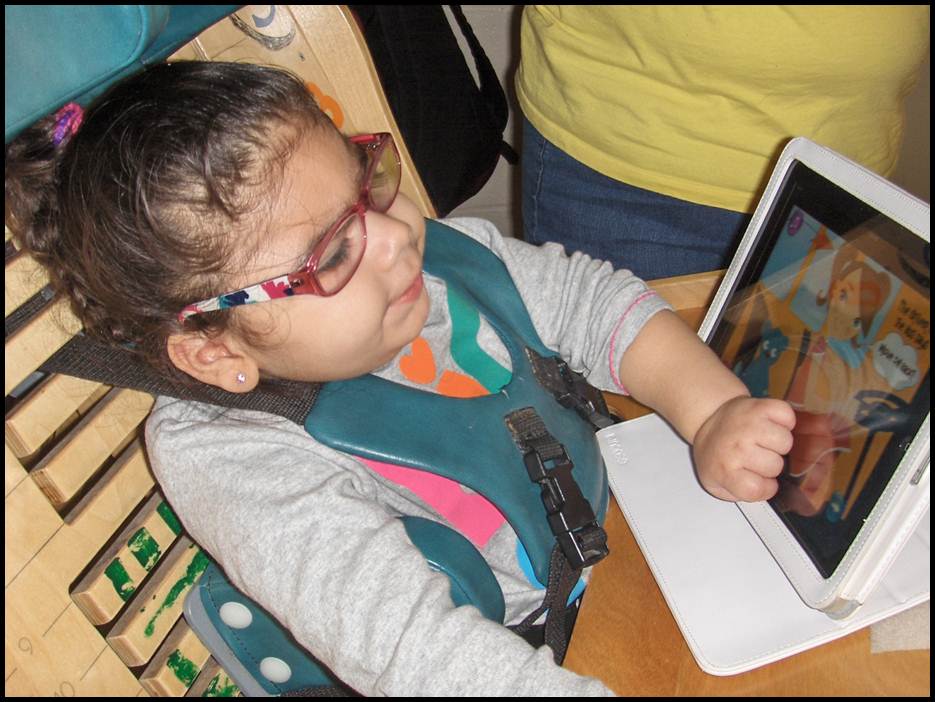
We began trials of communication devices when Wyatt was 6. He started working with a private Speech Language Pathologist (SLP) who helped find the access that would work best for him. The method he used is auditory scanning with a head switch. His first device was a DynaVox. He then moved to a Nova Chat and now he uses an Accent device. He has a custom vocabulary that reflects his interests and his personality. He has just started spelling responses if he cannot find what he wants to say in his device.
It’s frustrating to watch your child struggle with mobility, independence, and communication. Assistive technology is available to assist with many of these challenges. Assistive Technology may provide a solution to many of these challenges.
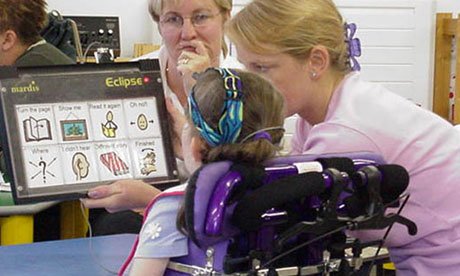
The definition of Assistive Technology is: Any item, piece of equipment, or product system, whether acquired commercially off the shelf, modified, or customized, that is used to increase, maintain, or improve functional capabilities of a child with a disability.
Some examples are ramps, automatic door openers, grab bars, special computer software and hardware, automatic page turners, book holders, adaptive pencil grips, adapted switches, a variety of communication devices, and may other items.
It is difficult to know where to start to find what will work best for your child. The Center on Technology and Disability provides a wealth of resources for parents and professionals. You can also check out Assistive Technology – a Parent’s Guide

It is important to find the right person to evaluate your child and their needs. It’s also important that parents research what is available. Speak with other parents, ask questions in support groups. You know your child’s abilities and challenges better than anyone else. You need to know what questions to ask an evaluator. You also need to be able to give them your input on items you have found that you think would be helpful.
Because of the value of assistive technology in helping children become independent learners, IDEA 2004 (the special education law) requires IEP teams to consider the assistive technology needs of ALL children with disabilities. These needs should be evaluated regularly and progress or changes in needs should be discussed at least annually at your son or daughter’s IEP meeting.
The IEP team makes decisions about assistive technology devices and services based on your child’s unique needs so that he can be more confident and independent. The law requires schools to use assistive technology devices and services “to maximize accessibility for children with disabilities.” More on the Legal Resources for Assistive Technology
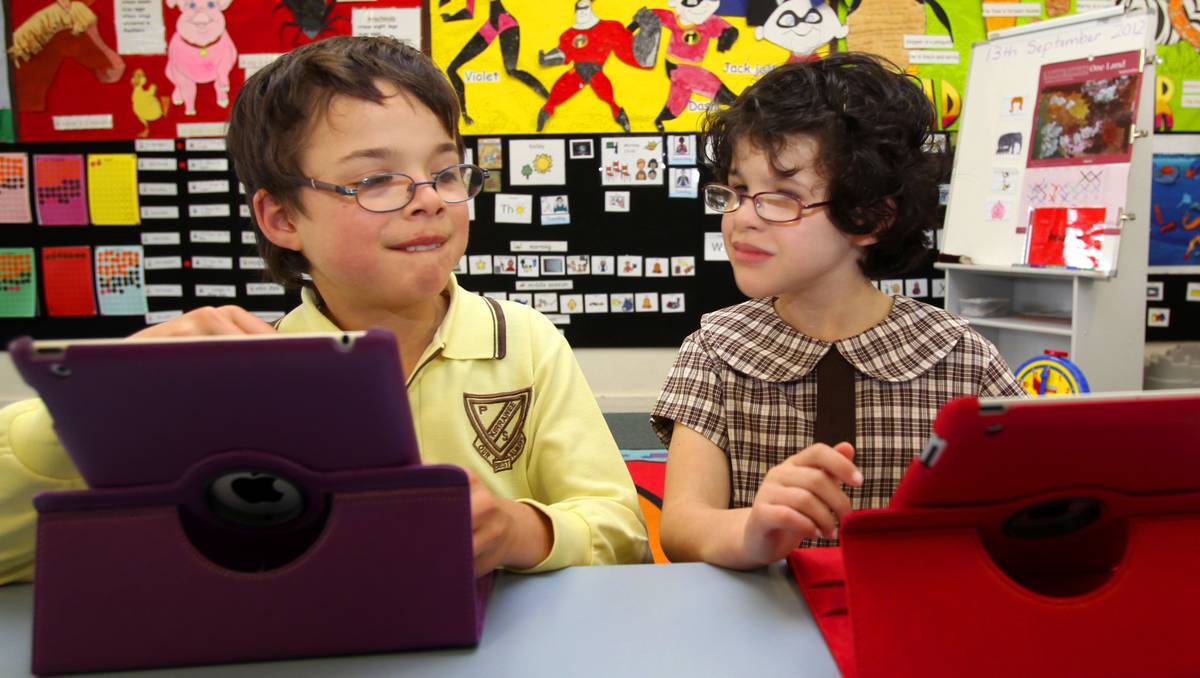
Your child may be evaluated by the school, an agency or a private therapist. A Physical Therapist can help with recommendations for wheelchairs and other mobility and supportive equipment. Speech Therapists can make recommendations for communication technology. Occupational Therapists can recommend items that may help with fine motor activities. Funding for devices can be provided by Medicaid, private insurance or your child’s school. If the school purchases assistive technology devices they may be made available for home use if the IEP team determines the student will benefit from using the device at home. Your child’s school should train staff and parents to support the child in the use of assistive technology devices.
It may also be possible to borrow items from a lending source to try before purchasing. Trying something can help you find the right fit for your child. All of the information that is available can be pretty overwhelming. But you can break this down into some easier steps:
- Make note of your child’s strengths and challenges.
- Start the search for the right person to start the evaluation process.
- Look for funding sources
Remember, your child’s needs will change over their lifetime, so stay up to date on the latest supports. For young children (Birth to 3 years old), the Tech for Tykes program works with Early Intervention Colorado to provide appropriate tech solutions. Most school districts have a team that is trained to provide assistive technology assessments and recommendations. There is a Statewide Assistive, Augmentative, and Alternative Communication (SWAAC) Team that provides technical assistance to school teams and also offers a loan bank so technology can be tried out before being purchase.
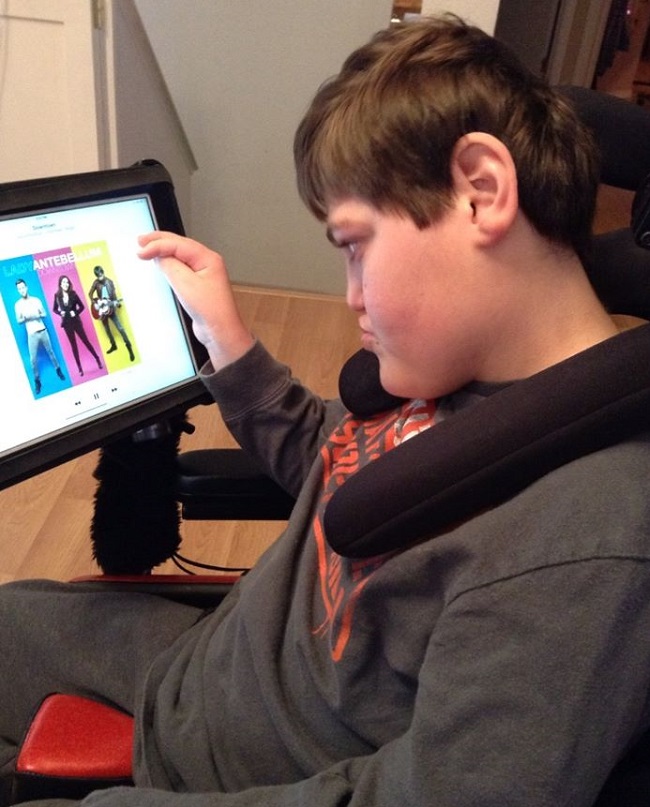
As your son or daughter enters transition (ages 14 to 21), it is important to think about the types of technology that will allow him/her to work, go on to other educational opportunities, and live as independently as possible. Assistive Technology Partners provides evaluations for youth and adults around a variety of assistive and mobility devices. Their evaluation clinics include: computer access, aides for daily living, sleep positioning, learning access, wheelchair and seating, and work site accommodations. Rehabilitation technology, including assistive devices, assistive technology services and rehabilitation engineering services to address barriers encountered with employment are part of the evaluation services offered by the Division of Vocational Rehabilitation.
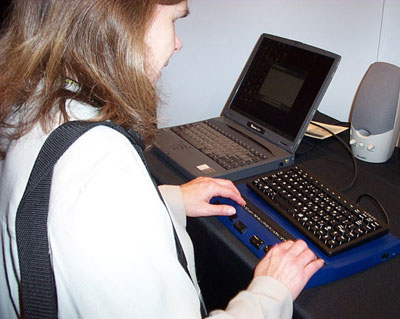
There are many conferences and trainings to learn more about new assistive technology. Families at the Forefront of Technology offers an annual conference where parents and professionals come together to collaborate about technology for people with special needs. Another annual research conference is offered by The Coleman Institute for Cognitive Disabilities which works to integrate advances in technology that promote the quality of life of people with cognitive disabilities and their families.
Products are constantly changing. Websites and Facebook pages are available that share new products and/or supports. Finding new things that can improve your child’s life can be very exciting! This checklist can help you decide if a device or software will help your child. Technology can help your son or daughter access school curriculum, sports, social activities, communicating, and help them be more independent in their everyday life. Ultimately, advances in technology will assist people with disabilities to work and live as independently as possible in their communities.
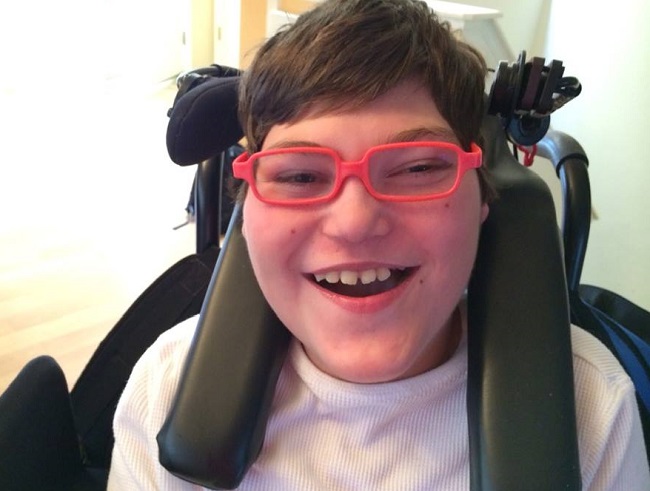
Wyatt is now 14. He is very social and he has a very funny personality. He loves making people laugh. His ability to communicate has given him the opportunity to participate in school and the community. He does not have to depend on other people to make all of his decisions for him. Being able to express his wants and needs creates a better quality of life for him. He is also able to make his own choices in his medical care. He can also give his input for the people who support him during his day. These opportunities make a huge difference in his day to day life. As a parent, my journey of facilitating Wyatt’s assistive technology has been, at times, challenging and frustrating but equally exciting as I see new and changing possibilities for him!
Editor’s note: Technology is in the news! Read more about how technology is helping college students with disabilities pursue STEM careers. Watch a video by P2P Parent, Alice Brouhard, about how an app gave my daughter a voice. Check out The Resource Storeroom for thousands of parent recommended resources including additional ideas for Equipment and Technology
Let’s continue the conversation! Are you just getting started with Assistive Technology or are you a pro? What technology is your son or daughter currently using and how is it helping them at home, school, work or in the community? Share your ideas and any additional resources by emailing us at: p2p-co@yahoogroups.com

Are YOU Connected? Parent to Parent of Colorado Connects families of sons and daughters with disabilities and special health care needs to information and emotional supports. It’s free and easy to join us!
